Believe it or not, before Hyrule Warriors not every Zelda game had been developed by Nintendo. In fact, the Game Boy Color titles Oracle of Seasons and Oracle of Ages, were developed by teams at Capcom. Nintendo still oversaw the project and made sure the design ides fit withing Zelda, but if you felt the Oracle games were a little different that’s why. Capcom also handled much of development on the Game Boy Advance title, The Legend of Zelda: Minish Cap.
The Zelda series has built quite a fan base over the years, with players of all different ages. The franchise even inspired the actor Robin Williams to name his own daughter Zelda, after the princess. Years ago Nintendo ran an absolutely charming series of commercials featuring the two.
The Legend of Zelda is an iconic name, and one that most anyone recognizes, even if they don’t play many video games. However, the original game bore a different name in Japan, The Hyrule Fantasy: Legend of Zelda. For whatever reason, Nintendo didn’t think this name would appeal to western audiences, and rebranded it as simply The Legend of Zelda. Obviously, one name took off more than the other.
Zelda isn’t exactly a common name, and the titular character the series is named after, was based off of the most famous Zelda in history. Zelda Fitzgerald was the wife of F. Scott Fitzgerald, the author of the Great Gatsby. Miyamoto has said he wanted a name that was simultaneously mysterious, alluring, and unobtainable, in addition to just sounding cool, of course.
Tingle is one of the stranger characters the Zelda series has ever seen, being introduced as a man who wants to be a fairy in Wind Waker. Surprisingly the character is quite popular in Japan even receiving his own game, and boy does it have a name. Freshly-Picked Tingle’s Rosy Rupeeland released on the DS in 2006, and put players in Tingle’s shoes as he was trying to build a tower.
Video game franchises often contain nods or tributes to others, but this is an especially fun one from the original Final Fantasy. In the town of Elfheim, the graveston on the left reads “Here Lies Link,” a direct reference to the Zelda series. The original Japanese NES version contained this reference, as do some other versions, but not all.
Nintendo games are usually rife with references to other franchises, and Zelda is no different. A Link to the Past actually contains a few Mario references, with the most prominent being pictures of Mario himself that you can find in multiple houses in Kakariko Village. You’ll also see Chain Chomps appear as enemies in multiple areas.
Sometimes inspiration comes from the most unexpected places, and that’s exactly what happened with the Game Boy title Link’s Awakening. Series creatores Takashi Tezuka and Eiji Aonuma detailed how David Lynch’s cult hit inspired with Tezuka stating, “At the time, Twin Peaks was rather popular. The drama was all about a small number of characters in a small town.”

Capcom Developed Two Zelda Games

The Late Robin Williams' Daughter Is Named After Princess Zelda
The First Game Had a Different Name in Japan
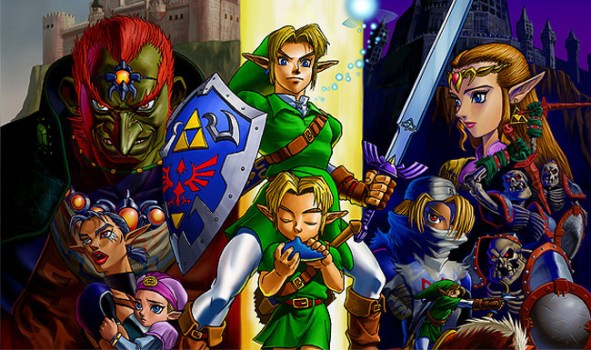
The Fastest Ocarina of Time Speedrun is Just Over 17 Minutes
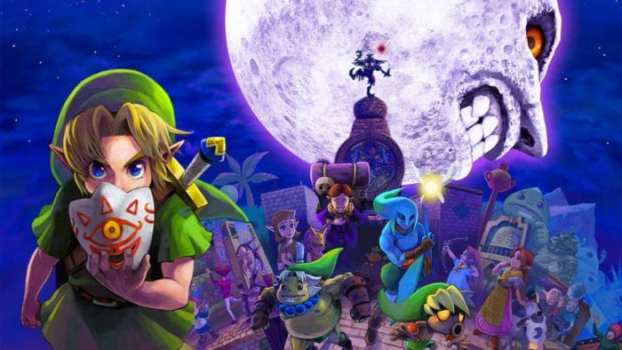
Majora's Mask Was Developed In Just One Year

Zelda was named after Zelda Fitzgerald

Tingle Had His Own Spin-off Game in Japan
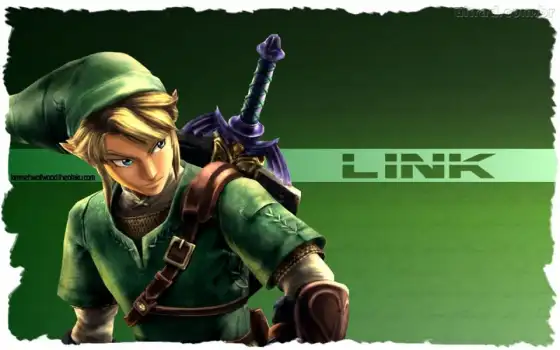
Link's Design Was Loosely Based on Peter Pan

Link's Grave Can be Found in Final Fantasy

Link's Awakening Drew Inspiration from the Popular TV Show Twin Peaks

Pictures of Mario Can be Found in houses in A Link to the Past
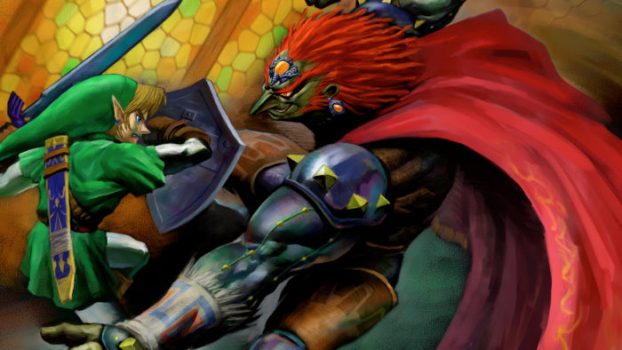
Link is Left-Handed, In Most Games at Least

The Second Quest In the Original Game Was Made Because of a Mistake

The Dungeon Layout of the Original Game Spells Out Zelda




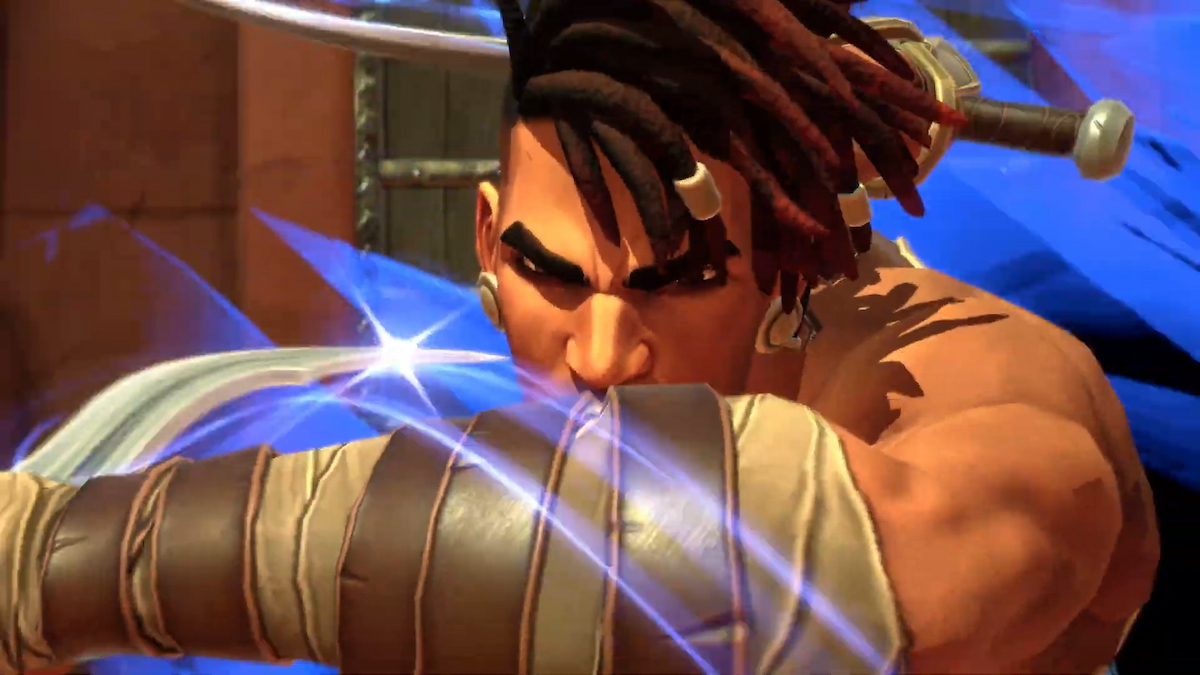

Published: Mar 6, 2017 2:30 PM UTC